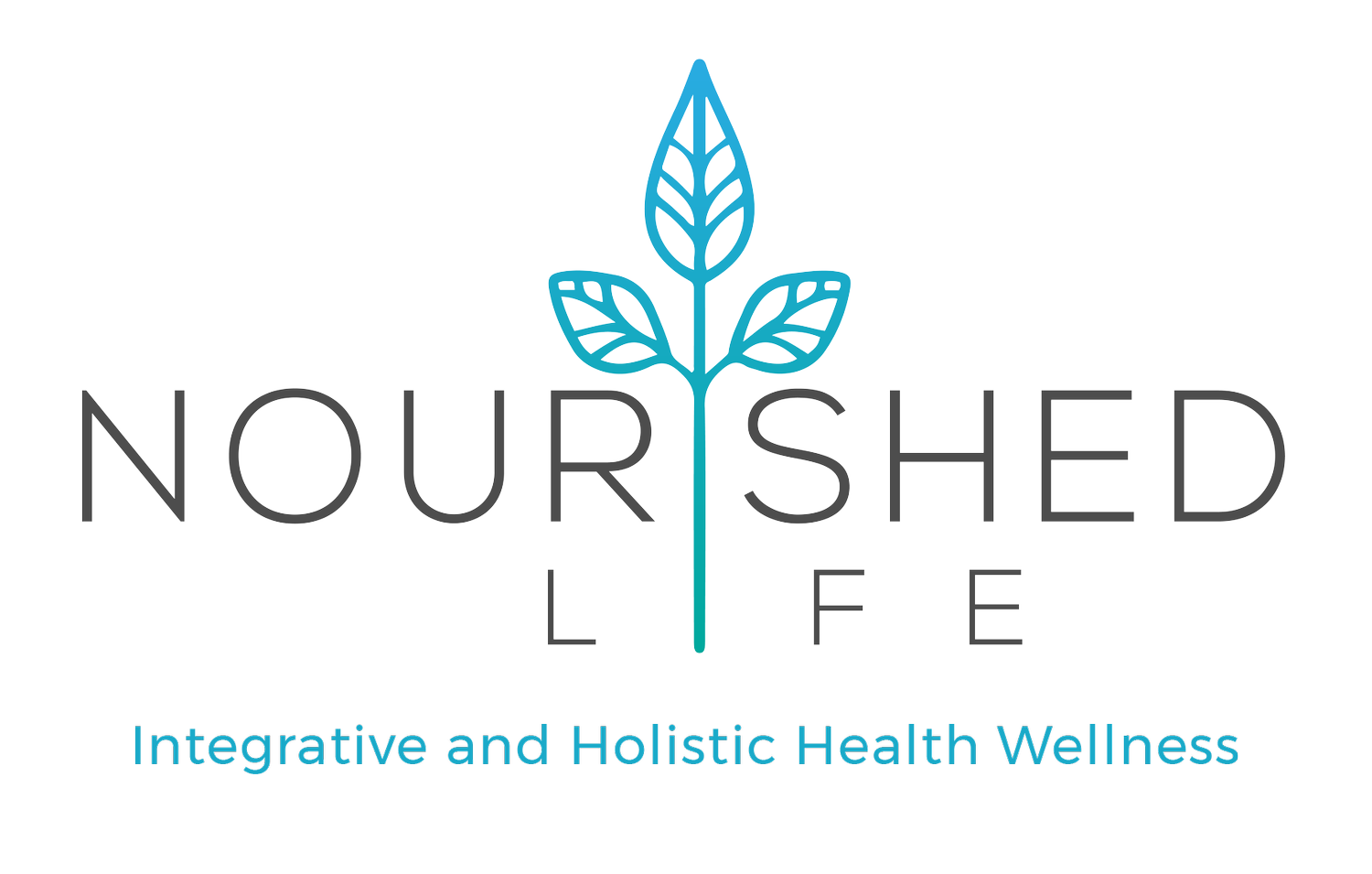Health Benefits of Reflexology And Cupping
Two forms of holistic “self-care” that are often overlooked are foot reflexology and cupping. Both are a ancient form of therapy most often used in China and Eastern medicine. We live in a world of high-stress and stress management forms of therapy are important for our fragile adrenal glands, cortisol, disease-prevention and overall happiness.
Foot reflexology and cupping happen to be two of my favorite preventive care and stress management therapies. Besides feeling amazing you will walk out of both therapies feeling lighter, more relaxed and wishing they had lasted longer.
I have been getting both reflexology and cupping for over 10 years and love both equally. Cupping typically is straight forward while I have found reflexology is completely dependent on the masseuse. I have noticed other countries often use Chinese reflexology sticks more often then the United States.
WHAT IS REFLEXOLOGY?
Reflexology is based on a theory that the body is reflected on the feet although reflexology can be performed on the hands and ears as well. It stimulated the nervous system and is an ancient therapy that believes every organ and muscle in the body can be accessed through the feet. A therapist massages the feet focusing on areas of the body reflected on the feet and uses micro-movements and sometimes a Chinese reflexology stick applying pressure to these points. For example, certain areas of your toes reflect your eyes, brain and sinuses. The pressure to these area sends a calming message to the nervous system decreasing stress and bringing the body into balance…which I find we all need more of.
Studies show some health benefits of reflexology include:
Relaxation
Sleep disorder treatment
Eliminating toxins and
Reduces anxiety
Reduces stress
Pain management
Blood circulation improvements
Supports menopause and PMS symptoms
WHAT IS CUPPING?
Cupping is a traditional form of Chinese medicine using glass cups on certain points of the body (typically the back) that create a vacuum like suction to the skin that is believed to remove stagnant blood and toxins. This is believed to remove pain and promote balance and well-being. Cupping is often combined with other forms of therapy such as acupuncture to treat a variety of ailments.
Cupping is often used to treat pain, inflammation, detox and to promote stress relief and relaxation. The cups are usually left on anywhere from 3-10 minutes as your skin rises and expands inside the cup. Sometimes, the cups are moved around is a massage type manner. Cupping does not hurt but it does feel bizarre...maybe like getting several intense hickeys at once on your back. It's good to note, cupping does leave bruise-like marks where they were placed but heal in a few days. Its good to keep this in mind if you do cupping during the summer months.
My first experience with cupping was 10 years ago when an acupuncturist used it in conjunction with acupuncture to treat my lower back-pain. It wasn't until months later I realized I had not taken any form of pain medication for headaches or back-pain for over 6-months after starting cupping and acupuncture.
Studies show some health benefits of cupping include:
Increases blood circulation
Pain management
Promotes relaxation
Promotes skin health
Speeds up the healing process of colds
Improves digestion
Migraine headache pain relief
Promotes Detox
Both reflexology and cupping are non-invasive and natural forms of treatment for certain ailments and promote over-all stress relief. Western medicine has yet to jump on board with these treatments fully. With that said, acupuncture is now widely accepted (when it once wasn't) so with time and continued studies I think these two other form of Chinese medicine will become main-stream as well. In the meantime, they work for me and thousands of others and feel amazing.


